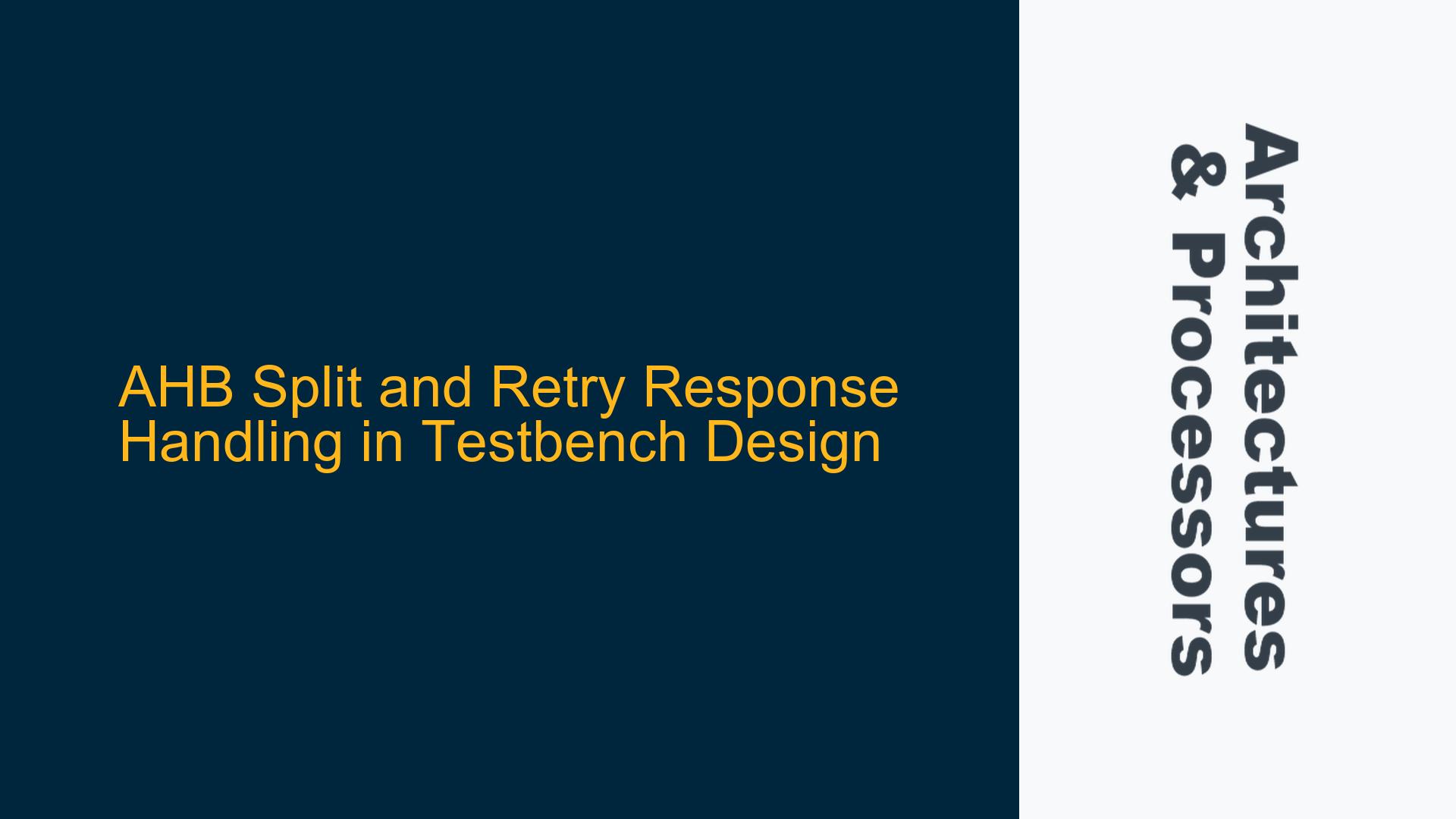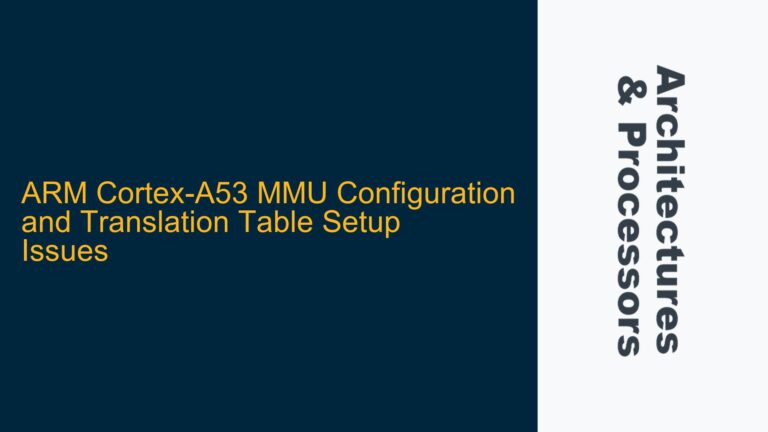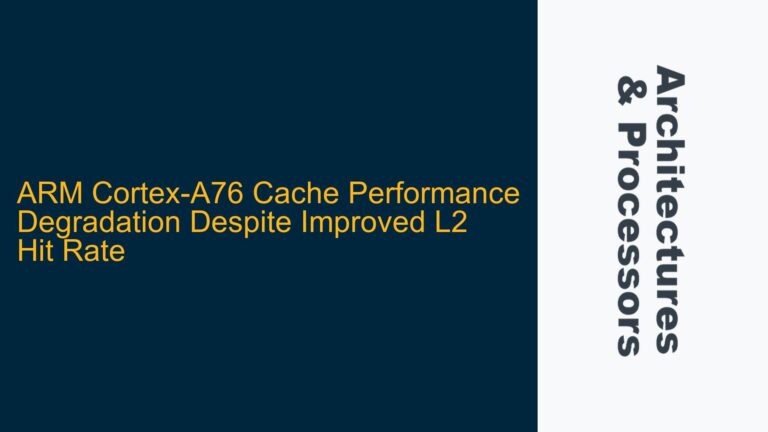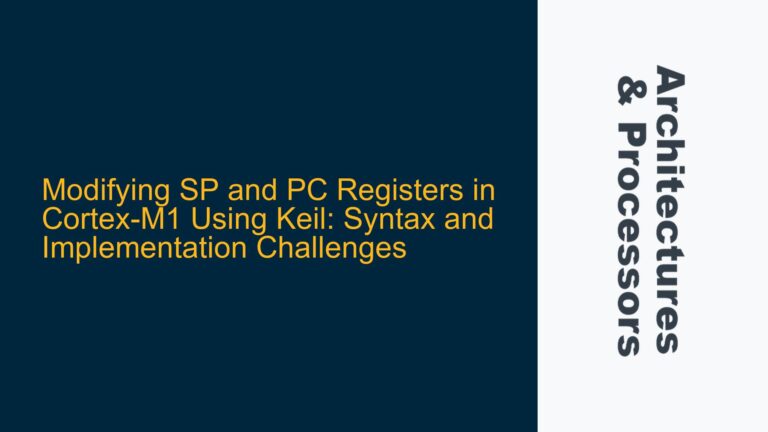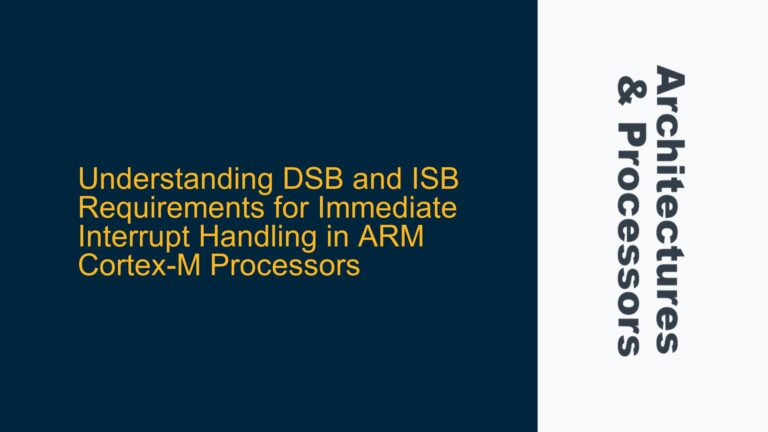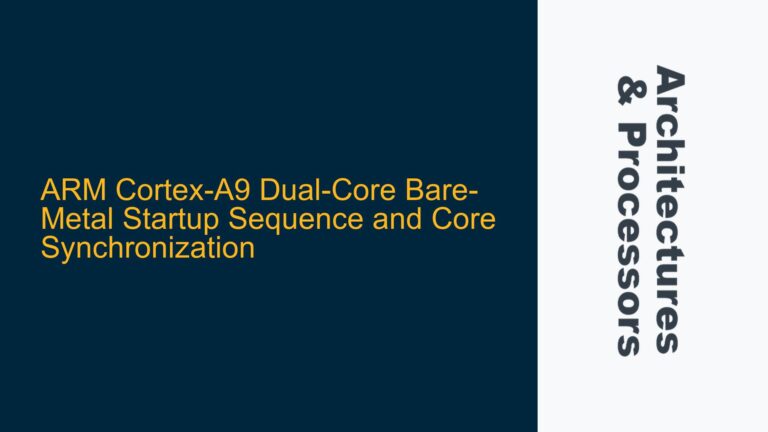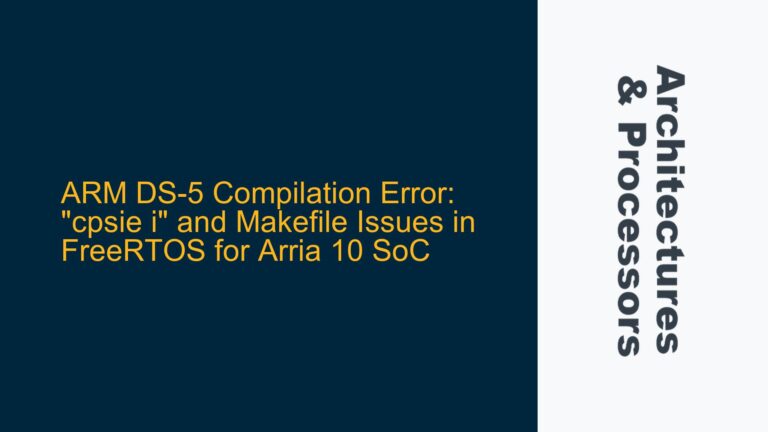AHB Master Behavior During Split and Retry Responses
When designing a testbench for an AHB (Advanced High-performance Bus) protocol, understanding the behavior of the AHB master during Split and Retry responses is critical. The AHB protocol defines these responses to manage bus contention and improve system efficiency. A Split response indicates that the slave is temporarily unable to complete the transaction and will signal the arbiter when it is ready to proceed. A Retry response, on the other hand, suggests that the slave is busy and the master should retry the transaction later.
In the context of a testbench, the AHB master must be designed to handle these responses appropriately. When a master receives a Split response, it must cancel the current transfer and move the address phase to IDLE. The master should then re-attempt the access address phase transfer that caused the Split response. This behavior ensures that the master does not hold the bus indefinitely, allowing other masters to access the bus.
Similarly, when a master receives a Retry response, it must also cancel the current transfer and move the address phase to IDLE. However, unlike the Split response, the master does not need to wait for a specific signal from the slave. Instead, it can immediately re-attempt the access address phase transfer. This behavior allows the master to quickly retry the transaction, potentially improving system throughput.
The testbench must accurately model these behaviors to ensure that the AHB master interacts correctly with the arbiter and slaves. This involves simulating the master’s response to Split and Retry signals, as well as ensuring that the master re-attempts the transfer at the appropriate time. Additionally, the testbench must verify that the master correctly handles the transition to IDLE and the subsequent re-attempt of the transfer.
Arbiter and Slave Interaction with Split and Retry Responses
The arbiter and slaves play crucial roles in managing Split and Retry responses in an AHB system. The arbiter is responsible for granting bus access to the highest priority master, while the slaves generate Split and Retry responses based on their ability to complete transactions.
When a slave issues a Split response, it indicates that it cannot complete the transaction immediately and will signal the arbiter when it is ready to proceed. The arbiter, upon receiving a Split response, will not grant the master that received the Split response again until the slave signals that it is ready. This is done by driving the relevant bit of the HSPLIT signal high. The arbiter must ensure that it correctly interprets the HSPLIT signal and grants the master access only when the slave is ready.
In the case of a Retry response, the slave indicates that it is temporarily busy and cannot complete the transaction. The arbiter, upon receiving a Retry response, will continue to grant access to the highest priority master, which may or may not be the master that received the Retry response. This allows the system to maintain high throughput by allowing other masters to access the bus while the slave prepares to complete the failed transaction.
The testbench must accurately model the interaction between the arbiter and slaves to ensure that Split and Retry responses are handled correctly. This involves simulating the arbiter’s response to Split and Retry signals, as well as ensuring that the arbiter correctly interprets the HSPLIT signal. Additionally, the testbench must verify that the slaves correctly generate Split and Retry responses based on their ability to complete transactions.
Implementing AHB Split and Retry Handling in Testbench
Implementing AHB Split and Retry handling in a testbench requires a systematic approach to ensure that all aspects of the protocol are correctly modeled. The testbench must accurately simulate the behavior of the AHB master, arbiter, and slaves, as well as their interactions during Split and Retry responses.
The first step in implementing Split and Retry handling is to define the behavior of the AHB master. The testbench must simulate the master’s response to Split and Retry signals, including the transition to IDLE and the re-attempt of the transfer. This involves creating tasks or functions that model the master’s behavior and ensure that it correctly handles the protocol’s requirements.
Next, the testbench must model the behavior of the arbiter. This includes simulating the arbiter’s response to Split and Retry signals, as well as its interpretation of the HSPLIT signal. The testbench must ensure that the arbiter correctly grants access to the master that received the Split response only when the slave signals that it is ready.
Finally, the testbench must model the behavior of the slaves. This involves simulating the generation of Split and Retry responses based on the slave’s ability to complete transactions. The testbench must ensure that the slaves correctly drive the HSPLIT signal when they are ready to complete a transaction that previously resulted in a Split response.
To verify the correctness of the testbench, it is essential to create a comprehensive set of test cases that cover all possible scenarios involving Split and Retry responses. These test cases should include situations where multiple masters are contending for the bus, as well as scenarios where slaves are unable to complete transactions immediately. The testbench should also include checks to ensure that the master, arbiter, and slaves behave correctly in each scenario.
In addition to functional verification, the testbench should also include performance analysis to ensure that the system meets its throughput and latency requirements. This involves measuring the time taken for transactions to complete, as well as the impact of Split and Retry responses on system performance. The testbench should also include mechanisms to detect and report any violations of the AHB protocol, such as incorrect handling of Split and Retry responses.
In conclusion, implementing AHB Split and Retry handling in a testbench requires a thorough understanding of the AHB protocol and a systematic approach to modeling the behavior of the master, arbiter, and slaves. By accurately simulating the interactions between these components and creating a comprehensive set of test cases, the testbench can ensure that the AHB system behaves correctly and meets its performance requirements.
